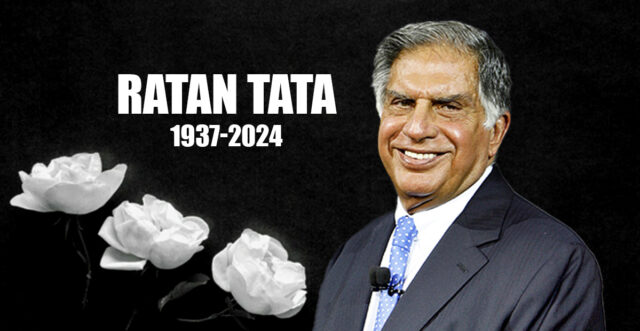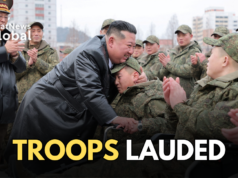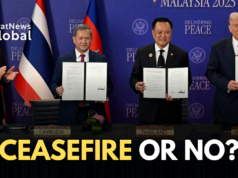On the morning of October 10, 2024, I woke up to the heartbreaking news of Mr Ratan Tata’s passing away. He was more than a man he was an institution. I write to convey my profound condolences to the family, the Tata Group, the people of India and the global family. But how did I know about Tata?
It is incredible that as a small boy, less than ten, I learned about Tata before hearing about India. In most of our dialects in Uganda, the word Tata means dad or father, implying that every baby’s first two words of their vocabulary initially include this word, and of course, the universal one of Mama.
Tata In Uganda
As I was growing up in the early 1970s, in many villages of Uganda, like in other parts of the world, roads were rough, muddy and dusty. The popular vehicle available to manoeuvre such a terrain was the Tata brand. The first time I used a bus, it was a Tata. The ambulances were Tata, the school and the Cooperative Union trucks, also Tata. Then, one common thing with Tata vehicles was that they moved slowly but surely, especially while climbing hilly areas. Since then, technological advancements have made the Tata brand synonymous with innovation and reliability.
One thing is now apparent to me. Tata vehicles did not just simply carry people but dreams and aspirations. Each journey through mud and dust was a testament to the strength of the Tata brand and the vision and legacy of its founders. These vehicles became symbols of resilience, reminding us that we could keep going, no matter the obstacles. Tata as a business, coupled with its exemplary ideals, has outlived its founding fathers, and this journey is not one of luck but of fortitude, faith and belief.
Visit To Jamshedpur
Little did I know I would witness these Tata vehicles’ birthplace over 40 years later. Thanks to the National Defence College course, during the Economic Security Study Tour, I was fortunate to be in the Integrated Analysis Group (IAG) that went to Jharkhand State. While there, we had the opportunity to visit the city of Jamshedpur, where the Tata legacy was evident everywhere. Jamshedpur was indeed a place shaped by determination and hard work. As I walked through the streets of one of the cleanest cities in the world, I saw the impact of Tata’s vision in the bustling flower gardens, imposing factories and vibrant communities. It was unmistakably evident at every turn that Jamshedpur was shaped by selfless dreams that were turned into reality by deep commitment and hard work.
The Legacy Of Ratan Tata
From my observations and the briefings we received from leaders while visiting Jamshedpur, it was evident that this was an incredible legacy guided by Ratan Tata, a man in the chair for over two decades. It set him apart as a man of great vision and compassion, guiding the Tata Group with a steady hand. The proof of this is the various social corporate responsibility programmes that underline that he has always thought of the greater good of the community.
We were told that under his leadership, the company grew, not just as a business but as a force for positive change. We met many employees who had been working for two decades without switching to other employers. And that Ratan Tata believed in uplifting communities and making the world a better place. One of the wall hangings on the premises carried a mantra that true success is measured by the good we do for others.
A Life Well-lived
We are filled with gratitude as we reflect on Ratan Tata’s life. He dedicated himself to service and sacrifice, always striving to give his best for ideals beyond mere profitability. His legacy shines brightly, illuminating the path for future generations. We thank God for such a guiding light and a beacon of hope.
A Lasting Impact
As we bid farewell to your remarkable soul, we know you will live on. Your influence inspires us, reminding us that one person can make a difference. Your errors are our lessons, and your successes are our pride. Until we meet, greet the man in the chair for us.
(Col Nelson Aheebwa Maguru from Uganda is currently pursuing a course at the National Defence College, New Delhi. Views expressed in this article are personal)





